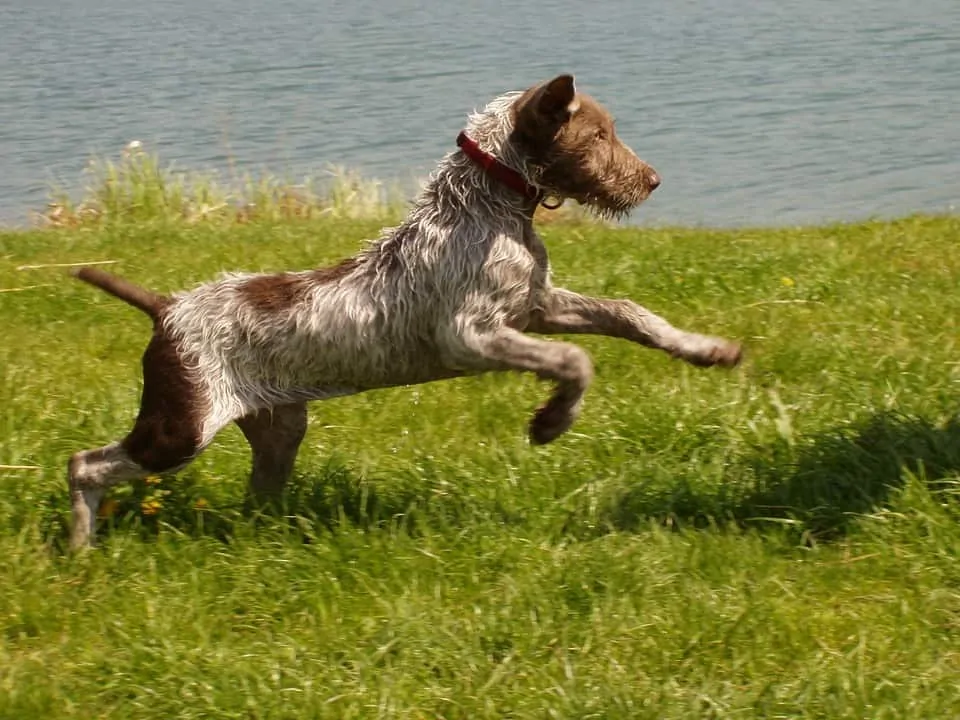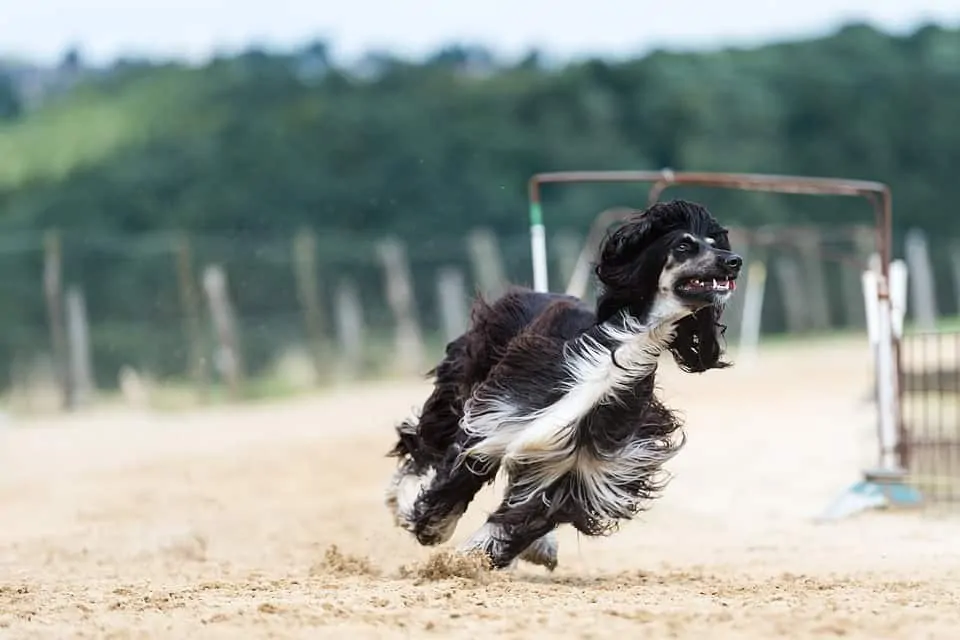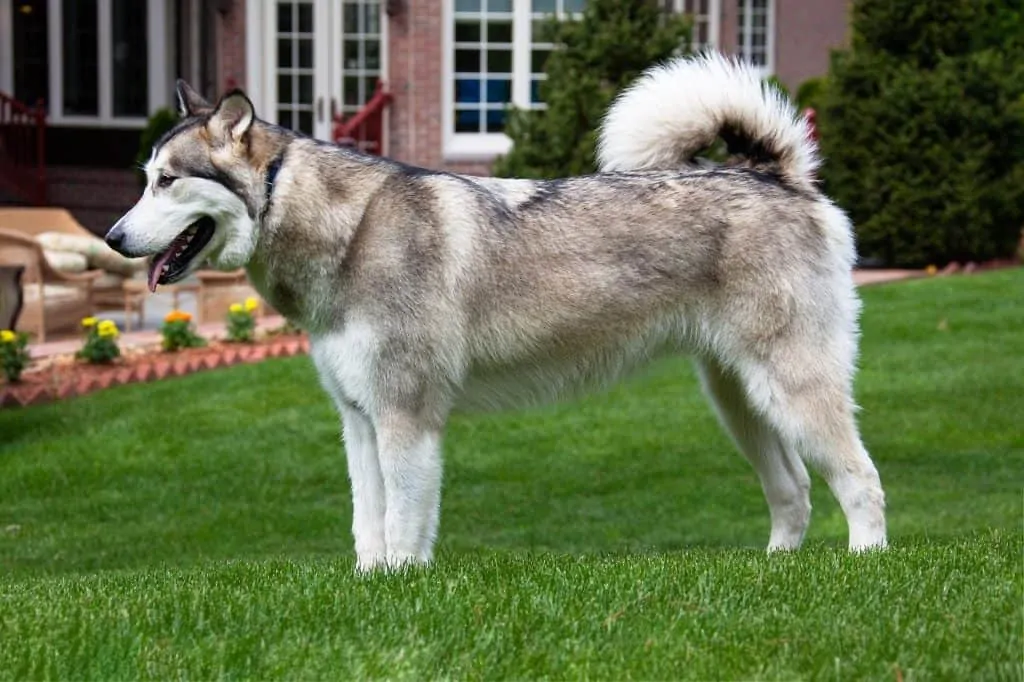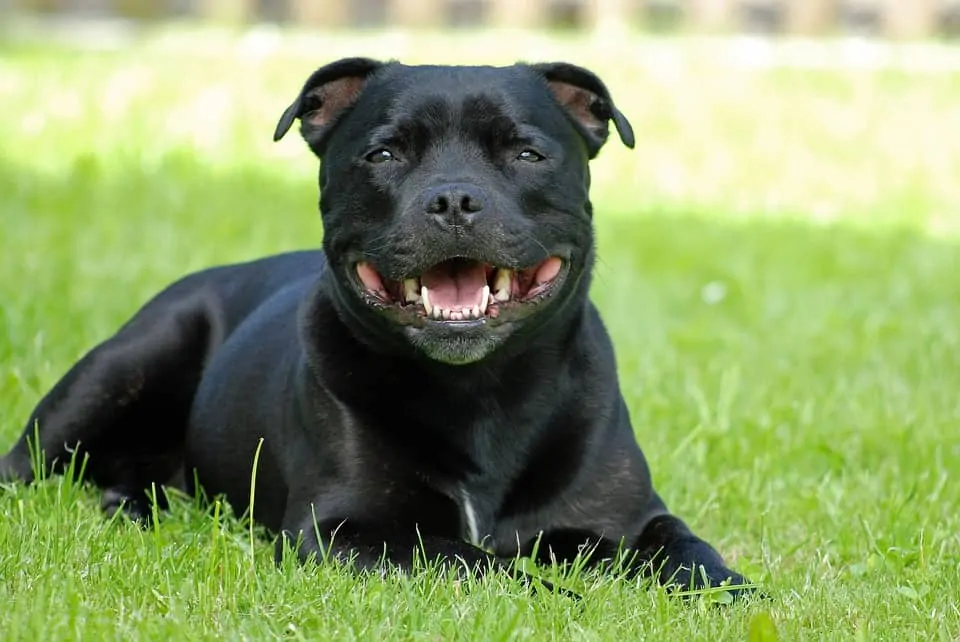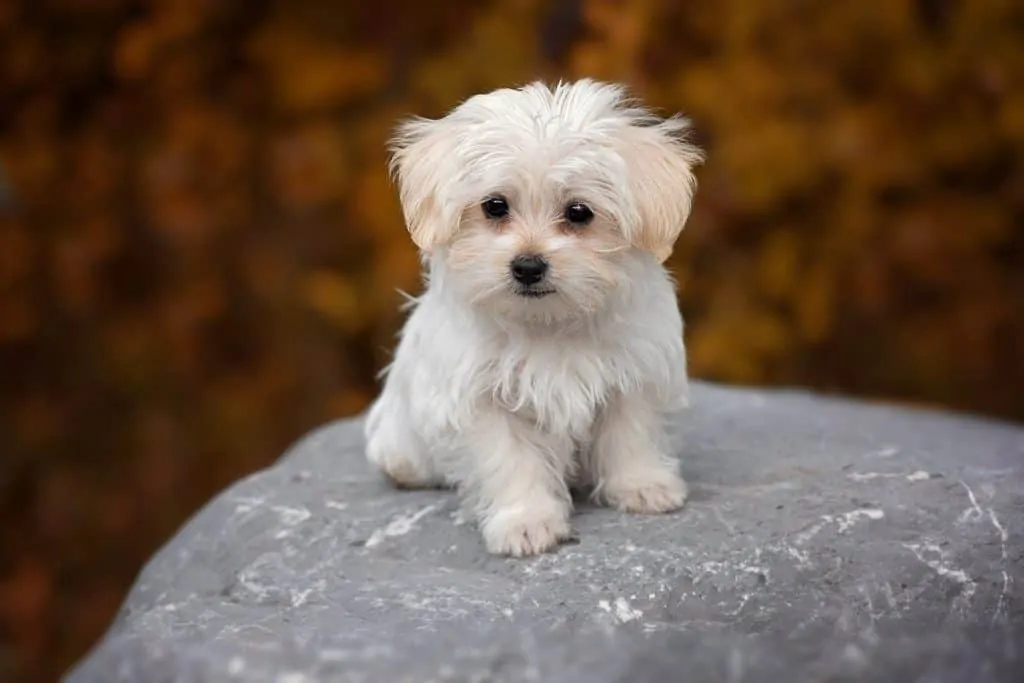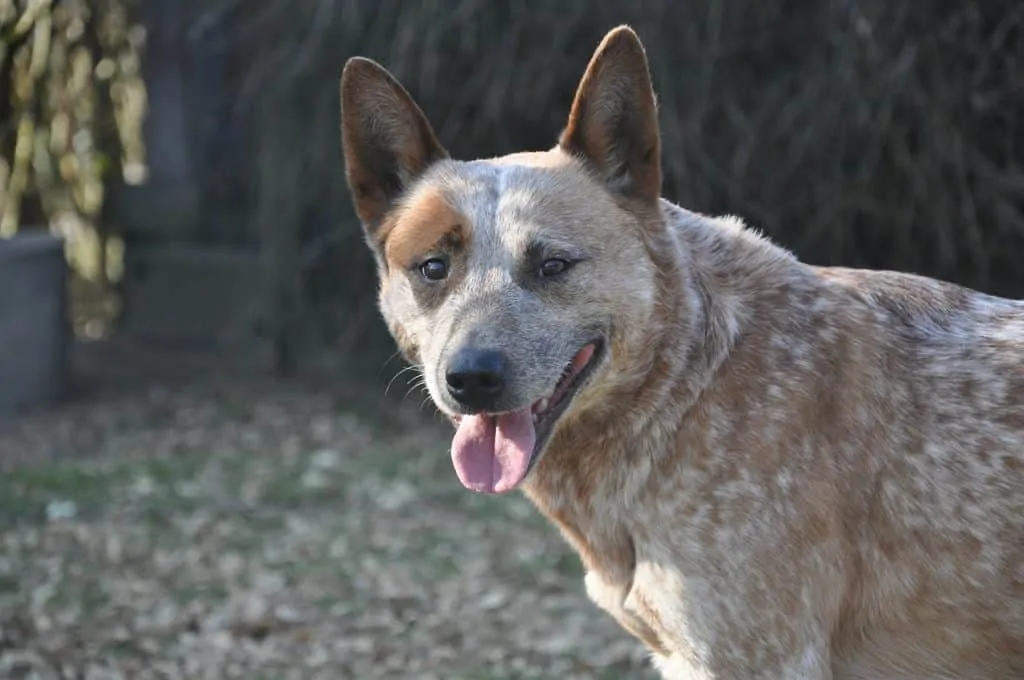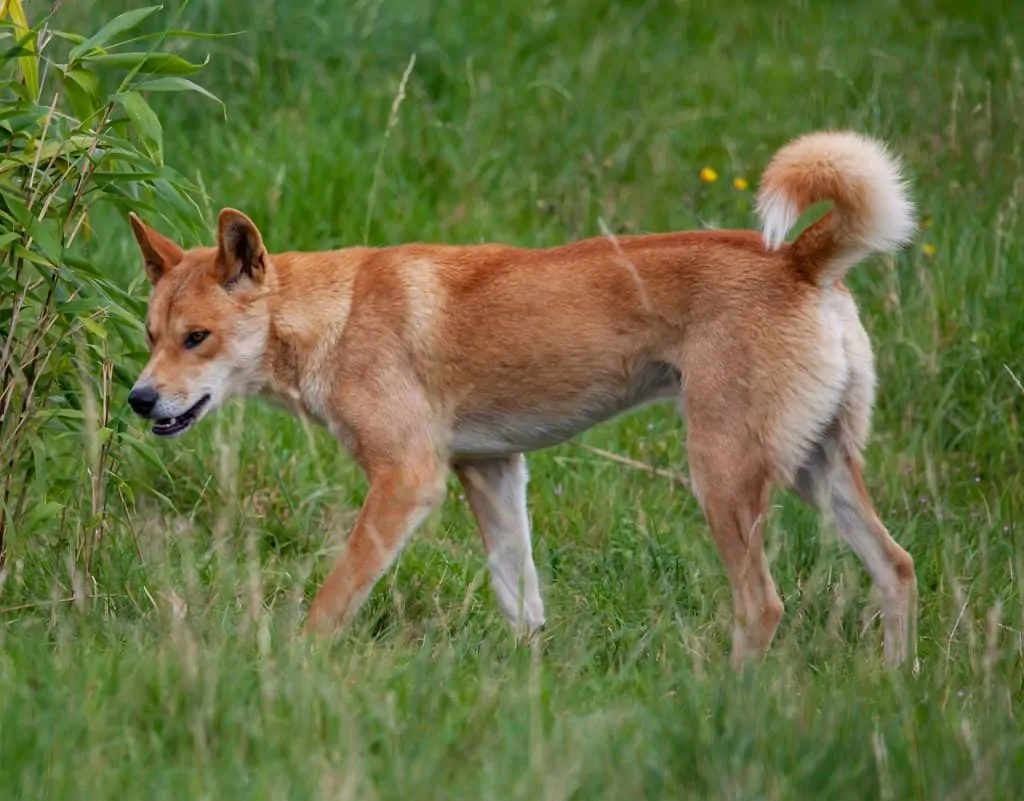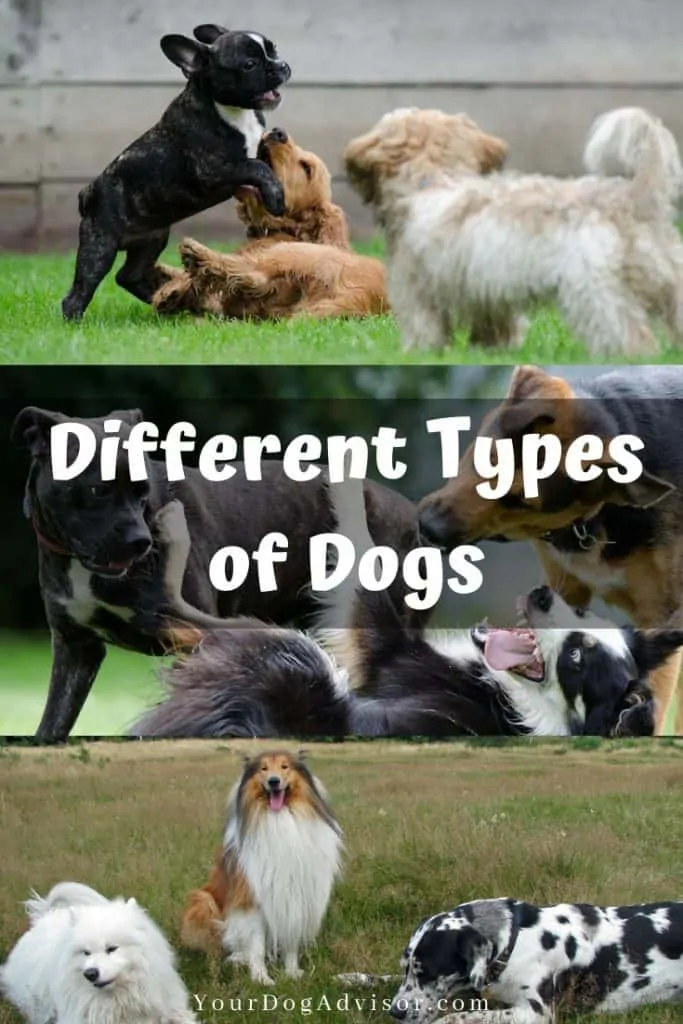How many different types of dogs are there in the world? It’s a difficult question to answer and not just because of semantics.
If by “type” you mean group, the American Kennel Club would say there are seven types. The Kennel Club, out of the United Kingdom, would agree. But the World Canine Organization would say there’s 11.
Things get even more complicated when you try to separate dog types based on breed. The WCO says there are 339 and the AKC almost agrees, acknowledging that there are 340 different dog breeds around the world, but they only recognize 193 of them.
But none of the world’s kennel clubs acknowledge the millions of mix-breed street dogs that live in huge, genetically distinct colonies around the world.
Certainly, coming up with a concrete answer on how many different types of dogs exist, is a difficult thing. But that doesn’t mean it is impossible to get to know the many different types of dogs that share our homes and, at times, our streets.
By taking a note from the AKC and separating the different dog breeds into seven distinct groups based on the breed’s purpose, ancestry, and look, we’ve built a complete list of all the different types of dogs you are likely to meet.
Contents
Sporting Dogs
When people talk about sporting dogs, what they are really talking about are breeds developed to help in the pursuit of game, especially fowl. Unlike hounds who are expected to chase and tree or otherwise immobilize game, and terriers who are often used to kill game and vermin, sporting breeds are most often used to flush out game for their owners to catch or kill. Many also help in the retrieval of downed game.
Sporting-type dogs like this German wirehaired pointer typically work with a hunter using a gun. But when they were first bred, the handler often had to use a net to catch fowl.
While their exact purpose varies, all sporting dogs share similar characteristics. They must be tough, agile, and athletic enough to work all day in different environments. Some, like the cocker spaniel, are built to be low to the ground where they can more easily pick up scents and spook birds into waiting nets.
Others, like the pointer, were bred to be quick, whether they’re searching for birds on land or retrieving them in the water.
Many breeds in the sporting group are used less for their original purpose and more as loyal family companions. In fact, the sporting group contains a number of the most popular family dogs in the world.
Popular Sporting Breeds
Labrador Retriever – The lab has long been on the top of the list of the most popular family pets, and there’s a reason for that. In addition to being dependable gun dogs and retrievers, these pups tend to be fun-loving, loyal, and great with children.
Golden Retriever – Not far behind the lab in popularity is the golden. These gorgeous long-haired fowl dogs share much of their cousin’s amicable personality and tend to be even more laid back with family.
German Shorthaired Pointer – Just as popular among sportsmen as they are among families, the GSP is athletic, springy, and never runs out of energy. They require a little more dedication than retrievers but can give a lot back in return.
Lesser-Known Sporting Breeds
Gorden Setter – Beautiful and regal, this lesser-known setter is still celebrated by its fans. These dogs were bred to set fowl and track downed birds. They are loyal and intelligent and are always down for a good adventure.
Nova Scotia Duck Tolling Retriever – Probably the least well-known of the retrievers, this little dog deserves more love than it gets. The NSDTR’s smaller size and upbeat personality make them a great dog for families with less space that still like to get active.
Hounds
When most people hear the word hound, only one thing comes to mind: that long, deep bay that many in this group are famous for. But not all hounds have deep voices, baggy skin, and long ears.
The hound group consists of the popular scent hounds like the bloodhound, the more agile sighthounds like the Saluki, and the harder to classify hounds like the Basenji.
Sighthounds like this Afghan were bred for two things: perfect eyesight for tracking game in the distance and incredible speed.
While they may all look very different, all hounds share one thing in common: they were developed to help track and chase game. Because of this, all hounds need to be athletic and capable of covering a lot of ground in a day.
A hard-wired instinct to chase, make noise, and follow their noses and eyes into trouble, make keeping hounds a little more tricky than some other breeds. Still, many of these dogs are quite popular as family pets.
Popular Hound Breeds
Basset Hound – As one of the most recognizable dogs in the world, the basset is compact enough for most households and has less hunting instinct than other hounds. They still, however, have a tendency to follow their nose and make a lot of noise.
Greyhound – This sighthound is well-known for its speed and use in dog racing. But many of these graceful athletes spend retirement lounging around with their new families. They are much quieter than other hounds and tend to spend more time sleeping, too. But all it takes to get them moving is a squirrel hopping through the backyard.
Lesser-Known Hound Breeds
Plott Hound – Unlike most of the American hounds that came out of the South, the Plott hound descended from the agile foxhound, not the thick-boned coonhound. That difference gives this coon dog a unique personality and an eye-catching coat.
Norwegian Elkhound – Not a scent or a sight hound, the elkhound was bred to chase and corner moose. To help their hunter find them and to keep the thousand-pound animal at bay, the elkhound developed quite a voice. While they can be loud, they are also loyal, intelligent, and great companions for the avid outdoorsman.
Working Dogs
This group of dogs includes some of the oldest breeds known. They were all developed to assist humans in daily labor and security activities.
Many breeds in this group are large, strong, and impossibly loyal. Some are used to guard property and livestock, while others are true athletes, pulling sleds and carts. Many of the strongest in this group are used to hunt and subdue large game like feral hogs and bears.
Many working dogs, like this Malamute, were bred to pull and carry. Their size made it easy for them to double as guard dogs.
While all of these dogs have a fierce reputation, many of them make great pets. Livestock guardians like the great Pyrenees are especially tolerant with young children while property guardians like the Rottweiler are willing to sacrifice themselves to save their family.
These unique traits are why many breeds in this group have cult-like followings.
Popular Working Breeds
Siberian Husky – One of the most popular breeds not just in this group, but in America, is a dog that was originally used by the native people of Siberia to pull sleds across the icy tundra. Huskies are known for their incredible stamina and independent nature.
Bernese Mountain Dog – Unlike many in this group, the Bernie is most famous for its affable nature. Despite a history of being used to pull carts and guard property and livestock, these dogs may be best suited for cuddling up on the couch with the kids.
Lesser-Known Working Breeds
Tibetan Mastiff – Famous for their incredible size and lion-like stature and revered for their ancient use as monastery guardians, these massive dogs are both rare and highly sought after. They are independent dogs with an instinct to roam and can be difficult to keep, but for the right owner, there is no more perfect or loyal companion.
Dogo Argentino – This great white dog was bred in South America to take down massive hogs with huge tusks. They are fierce and strong with an instinct to guard and hunt. But they are also surprisingly gentle with family and loyal to a tee.
Terriers
Feisty, energetic, and, often, hilarious, the terrier breeds are some of the most entertaining in the dog world. Whether small and spunky like the rat terrier or big and bold like the Airedale, all terriers share a deep-rooted instinct for hunting small prey and a uniquely fiery personality.
This Staffordshire bull terrier hails from both bully lines and terrier-type dogs. The bull dog provided size and strength while the terrier gave it ferocity. Today, they are considered part of the terrier group.
Most terriers have the signature wiry terrier coat, but others sport a simple smooth coat. In addition to the more well-known terrier-types, the group also includes many bull-type dogs that share common ancestors with other terriers.
The clownish personality of terriers has landed many of them on the list of the most popular pets. They are also widely used in Hollywood because of their incredible intelligence and drive to work.
Popular Terrier Breeds
Bull Terrier – This popular dog with the egg-shaped head may take the cake as the silliest dog in the world. Their bright, goofy personalities and unending energy have been delighting families since dog fighting was banned in Britain nearly 200 years ago.
Scottish Terrier – The Scottie may be small, but don’t think this dog has any less personality or tenacity than the larger terriers. They were bred to hunt vermin on farms and are willing to chase just about anything down into the ground, including badgers.
Lesser-Known Terrier Breeds
Norwich Terrier – Like other small terriers, these dogs were used as ratters in their native England. Their rough orange coat and adorable triangle faces along with that killer terrier personality make them a hit with anyone who meets them.
Border Terrier – While these terriers may be small, they were actually bred to take on much larger prey than rats. Their ferocity and long, flexible bodies made them the perfect weapon against foxes trying to sneak into the hen house. Much of that tenacity is still intact in these dogs, but now they prefer chasing toys.
Toy Dogs
As the name implies, toy dogs include a variety of small, adorable breeds whose main function now is to provide companionship and entertainment. Many of these dogs did provide a more tangible service at one time, including attracting fleas away from their owners by sitting on their laps and ratting on ships and in other especially small spaces.
Tiny and cute, that’s the best way to describe pretty much all toy breeds, but is especially apt for the delicate Maltese.
While toy dogs have all been retired from the original duties of their ancestors, most still retain the one personality trait that grew their popularity in the first place: their affectionate nature.
Toy dogs come in a variety of coat types and patterns, but all are small enough to fit on your lap. Some have a lot of energy while some prefer to lounge. This variety combined with an easy-keeping size makes this group very popular.
Popular Toy Breeds
Chihuahuas – One of the oldest of the toy group, Chihuahuas existed in Mexico thousands of years ago and lived among the Aztec. They are feistier than most toy breeds, but their tiny stature and adorable, giant eyes, make them hard to resist.
Cavalier King Charles Spaniel – While these adorable dogs may have hailed from hunting spaniels, their main function has always been as a companion. Still, they tend to be more athletic than others in the group and make a great pet for active families living in tight spaces.
Lesser-Known Toy Breeds
Affenpinscher – The affie was originally bred as a ratter, but eventually their warm personalities won them a place in the family bed at night. Over time, the dogs were used less and less to work and more to provide companionship to their adoring owners.
Italian Greyhound – Though they look like a mini version of a true greyhound, these little dogs never did much running. They were originally bred and kept by Italian royalty and they still expect that same degree of pampering today.
Non-Sporting Dogs
Defining the non-sporting group is a tough task. It includes breeds more varied in size, shape, and function than any other group.
In general, these are dogs that once had a unique purpose but are mostly kept for their companionship today. Their original jobs include work like guarding and running with horse-drawn carriages, fetching fishing nets, and healing their owners’ ailments.
The poodle once accompanied fishmen on their boats and worked the docks to bring in fishing nets. Now these fancy canines are used almost exclusively as companion animals.
Because these dogs have largely retired into companionship, many of them have become very popular family pets. The variety of personalities and appearances in this group make finding the right breed for your lifestyle especially easy.
Popular Non-Sporting Breeds
Dalmatian – These beautiful spotted pups were first bred as calvary dogs in Dalmatia. Their ability to keep up with horses and their reputation for being fierce protectors during battles won them the position of carriage guardian when they came to Britain. Today, they are still loyal guardians of their families.
English Bulldog – The much-loved, goofy English bulldog that we know today, hails from fierce, bull baiting and fighting dogs of old England. Once these blood sports were banned, the dogs were bred to be more compact, less-fierce companion animals.
Lesser-Known Non-Sporting Breeds
Xoloitzcuintli – While you may not recognize the name, you’ve likely seen a picture of a Mexican hairless before. These strange looking creatures were revered by ancient civilizations because they could be used to reduce inflammation (due to their warm, hairless bodies) and because they were believed to be a gift from the Gods.
Coton de Tulear – The history behind this little white ball of fur involves pirates, royalty, and shipwrecks. They are descended from ratters and noble lap dogs but are just large enough to be considered a non-sporting breed rather than a toy dog.
Herding Dogs
While non-sporting dogs may be the hardest to define, herding dogs are certainly the easiest. This group contains dogs bred to herd livestock. Their strong instinct for the job still shows in each and everyone of these dogs today.
This Australian cattle dog is quicker to nip at livestock and use its bark to drive animals than its sheep herding cousins. But, like all shepherds, they are highly intelligent and easily trained.
While some might be shorter than others, the herding breeds all share a number of traits. They are athletic, driven, and highly intelligent. They were bred to work one-on-one with their owners to accomplish the difficult task of moving cattle, sheep, and other livestock across wide open, often difficult, terrain.
Today many herding dogs still help out around the ranch, but just as many spend their days herding tennis balls and children. Their intelligence and loyalty make them great pets, as long as you can keep up with their constant need for activity.
Popular Herding Breeds
Border Collie – Arguably one of the most well-known dogs in the world, the border collie is the perfect example of a herder. They live to chase, nip, and corral moving objects. Their incredible intelligence is well documented, so be prepared to be outsmarted if you choose this breed.
Pembroke Whelsh Corgi – While they may not look like your typical herder, the corgi has just as much athleticism and drive as the next shepherd. Their low stature keeps them out of reach of kicking steers while their long spine allows them to maneuver quickly among the herd.
Lesser-Known Herding Breeds
Belgian Malinois – Like their more popular cousin, the German Shepherd, the Maliois was originally used to herd sheep. But their intelligence and drive has gained them a reputation in both the law enforcement and military communities.
Icelandic Sheepdog – Native to iceland, the ancestors of this adorable medium sized shepherd came to the island with the vikings. They have been helping the Scandinavians herd sheep in the harsh northern environment ever since.
Mix Breeds
By far, the largest group of dogs in terms of sheer number of individuals, is the mixed breed group. In this group, we count every dog of mixed breed origin, including direct crosses of two purebreds and mutts that have lived on the streets for generations.
In some cases, mix breed dogs are intentionally created for aesthetic or utilitarian purposes. Crossbreeds, especially of dogs within the toy group, are quite common these days and are often sold simply because of how cute they are.
Examples of utilitarian mix breeds include many sled dogs, many herding dogs used in the mountains of the Eastern Bloc and Russia, and some crossbred lines used as service dogs. In each of these cases, the dogs are bred based on their abilities rather than their pedigree.
Without intentional breeding, mix breed dogs often come to resemble one another. The term “pariah dog” describes any feral dog with a yellow or tan coat of medium build. They often also have erect ears and a slightly curled tail.
Dingoes, wild Australian canines that evolved from feral dogs brought to the continent, all resemble the typical pariah dog, proving just how dominant and evolutionarily favorable these traits are in non-domestic dog populations.
The term comes from India where it has long been used to describe feral street dogs. Because this look becomes common in any feral dog population that is allowed to breed naturally, it is now used around the world to describe feral dog populations.
Whether a dog gained its looks and personality from natural or artificial selection, one thing is for sure: the sheer number of different types of dogs humans have helped create is amazing.

Sara Seitz has spent most of her life in the pet industry and has a bachelors in animal behavior from Colorado State University. Sara started working with dogs and cats as a high schooler at a rural boarding kennel. There she learned a lot about the bad and the ugly of the pet service industry. But not even the toughest day at that job would dissuade Sara from following her dream of working with animals.
In college, Sara got a job at a dog daycare and boarding facility in Fort Collins, Colorado. Her new career provided even more opportunities for learning about dog behavior than her classes did. As general manager of the daycare, Sara helped the company launch a new in-home pet sitting branch and trained to become a certified dog trainer. Between shifts taking care of peoples pets in-home and supervising dogs during playtime at the daycare, Sara organized and taught obedience classes.
Sara has always been passionate about bettering the lives of our canine companions. She soon found that advocating for and educating owners in the power of positive reinforcement training was one of the best ways to help dogs and their owners live happier lives.
